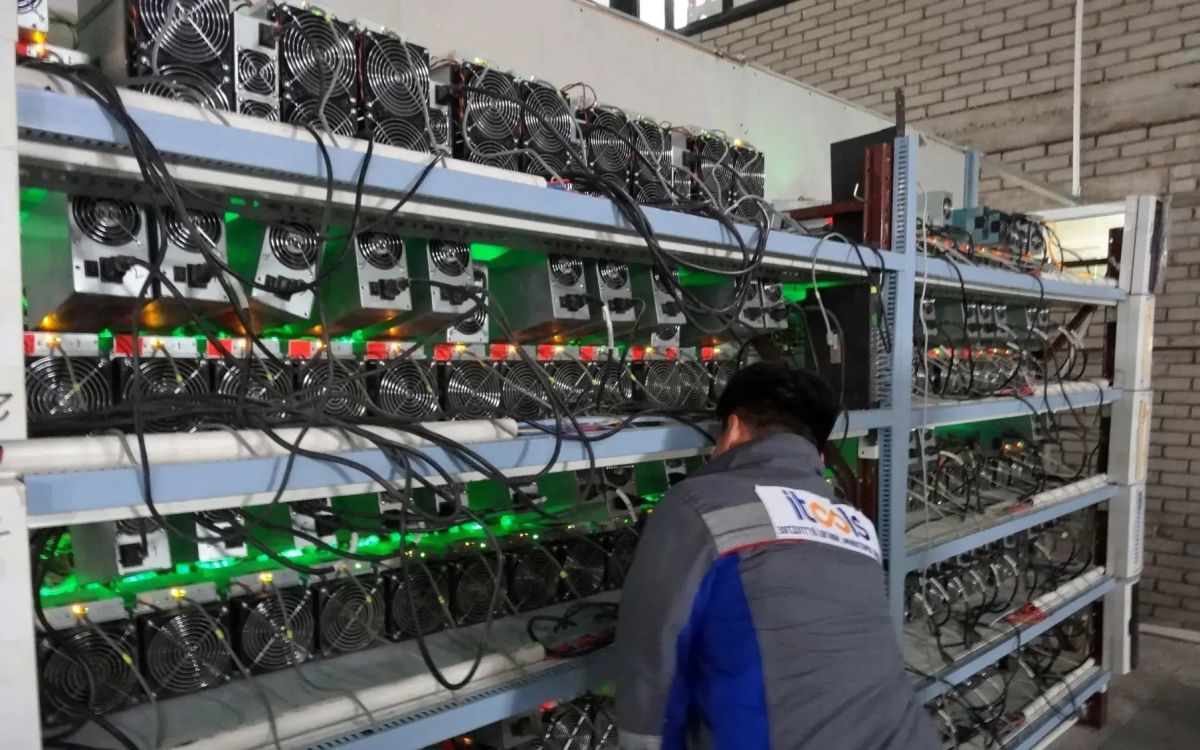The Difference Between Mining and Staking. Their Main Features

What is the difference between staking and mining? How does staking work? Main benefits of staking.
It's a well-known fact that there are many ways to make money in the cryptocurrency world.
Now we will take a closer look at two, in our opinion, most famous methods of making money in the cryptocurrency world: staking and mining. These terms are probably known to the majority of people but not everyone truly understands their definition.
Mining and staking are the two most common methods for validating transactions and securing the blockchain, but what separates the two?
Recently, the so-called Merge of the world's second-largest crypto, Ethereum, has just happened and it successfully transitioned to a Proof-of-Stake (PoS) network. Thus, the crypto-mining vs. staking rivalry has become more relevant than ever.

What is mining and how does it work?
“Mining” is the process of solving extremely complex computational math problems.
The goal of a miner is to select a hash code for the previous “block” in the blockchain, which will allow you to attach a new “block” to it and approve all transactions that are in it.
Cryptocurrency mining is painstaking, costly, and rewarding only if the “block” is successfully validated. A decade ago, mining was relatively easy, and anyone could take part using a PC or laptop. Nowadays, mining crypto has become more difficult, as the blockchain has grown, the computational power required to maintain it has increased.
As a result, amateur crypto mining is unlikely to be profitable these days. All mining is now done by specialized companies in different parts of the world.

Mining center in Dresden, New York

Mongolian information tech company iTools operates a nonstop crypto mining center in the city of Darkhan.
Advantages:
Disadvantages:
What is staking and how does it work?
Staking is a way of earning profits for holding certain cryptocurrencies in “staking pool” with a percentage reward based on the number of tokens staked: the more coins you put, a larger percentage of the total profit you will get.
It requires stakeholders to lock their crypto tokens in a specific blockchain address for a certain period of time in return for a profit. The reason your crypto earns rewards while staked is because the blockchain puts it to work.
Cryptocurrencies that use the Proof-of-Stake consensus mechanism are suitable for staking. In comparison to mining, this requires significantly less electricity.
The rewards earned via staking or mining are paid out in native tokens (the internal cryptocurrency of the selected network). Rewards for processing blocks depend on the project and its tokenomics.
Advantages:
Disadvantages:
The difference between mining and staking
Mining remains a reputable method for many successful cryptocurrencies, given its use in Ethereum and Bitcoin networks for many years. However, mining at home may not be profitable due to high costs and pressure from regulators and environmentalists nowadays.
Staking allows users to earn passive income (similar to a bank savings account), while being more environmentally friendly.
Many cryptocurrency exchanges allow you to stake tokens directly on their platforms. Some users may feel insecure about locking up their assets for a fixed period, especially during periods of volatility. If the price for a token goes down by 50-60%, an annual profit of 10-30% may no longer seem so attractive.
Conclusion
On the one hand, if you are not a tech-savvy, but have substantial capital, then staking is the best option for you. On the other hand, if you know a lot about the blockchain and can afford to maintain industrial-scale computing power, then mining can also be a great way to make money.
Recommended

